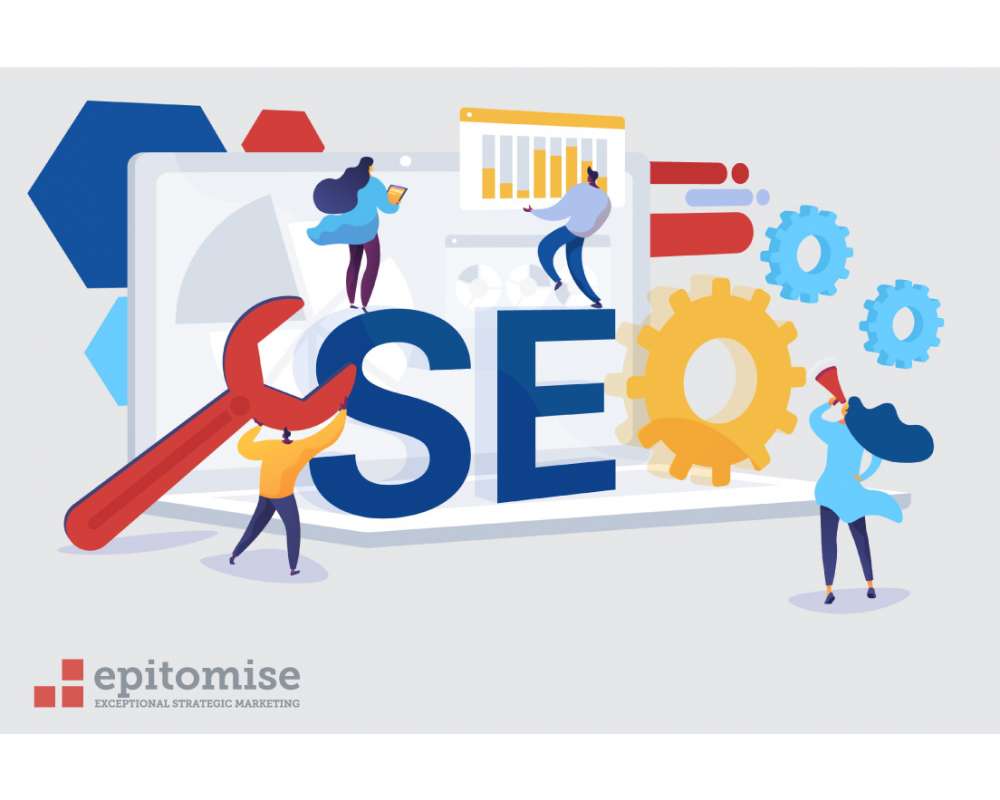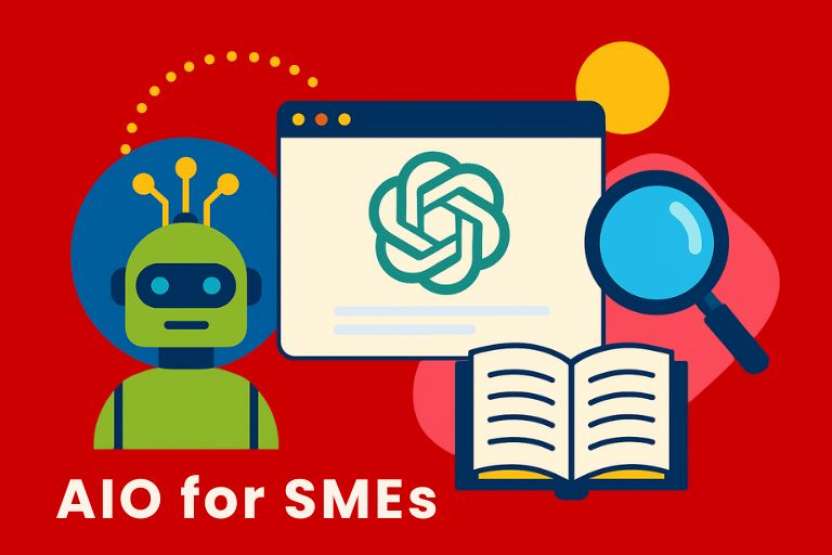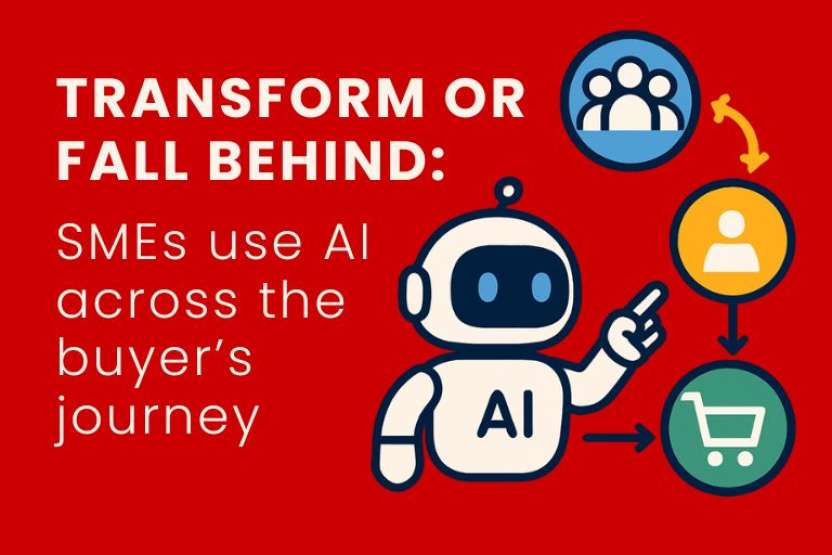SEO Strategy – Create & Execute A Winning SEO Marketing Strategy
With the first position of Google search results on desktop receiving a click-through-rate of 31.7%, the importance of Search Engine Optimisation (SEO) as part of your marketing strategy is not to be underestimated. If you are not in the first position, you will certainly want to be on the first page of search results. Only 0.78% of Google searchers click on something on the second page. If you want to achieve a click-through rate of over 5% for your organically presented search results you will need to be in at least SERP position 5 or better. (Source: https://backlinko.com/google-ctr-stats).
Many factors contribute to your SERP (Search Engine Results Page) position on searched terms - such as quality website engagement, backlinks, and content - but researched and carefully chosen keywords is a vital component of developing an effective SEO strategy.
It is all too common to hear a company say they are on the first page of search results for certain terms, but their chosen search keywords are extremely low volume terms that are rarely searched, and the sense of achievement is somewhat misguided. Once you know your chosen prioritised search keywords you can ensure they and related semantic terms are effectively used within your considered SEO strategy.

Start with research:
Keywords:
Understanding your keywords is important for SEO. Keywords help Google identify what your website is about so that it can make sure that your content is displayed to the audience looking for what you do at the right time. There are different types of keywords:
> Short tail keywords – Keywords that are made up of 3 keywords or less and are sometimes called the ‘head keyword'.
> Long tail keywords – Longer in length than average keywords and are more specific and because of this are less competitive.
> LSI keywords – Latent Semantic Indexing are thematic keywords that are closely related to your keyword.
Now that we have an understanding of keyword types the next step is to put together a keyword strategy.
Research and select the search terms where your business would like to perform organically.
This is likely to be a component of your overall marketing strategy and plan. Items to include within your research:
- Search volumes and trends.
- Keyword competitiveness.
- Your current position for search terms.
- Competitor organic and paid keyword research.
- Select your primary and secondary search terms. Decide which you will pay to be shown for (with paid search ads) and define those that you will aim to perform organically.
- Research the content that is performing organically for your primary chosen search terms.
Backlinks:
A backlink is created when there is a link from one site to another. In SEO, backlinks play a crucial part as backlinks from credible sources indicant to Google a level of trust. Gaining more backlinks is a part of off-site SEO optimisation. When you give and receive links, the value that link has is dependent on a number of variables that include, the authority of the page, the anchor text (the hyperlinked text you click to visit the link), meta tags, whether it is a nofollow or follow link and the content on the page.
When developing a backlink strategy, also, consider the backlinks that competitors have built and carefully consider what your backlink aims and strategies are going to be. Building backlinks in addition to providing website visitor traffic will help improve your website’s authority which is calculated by SEMRush as a combination of the number of backlinks, referring domains, organic search traffic, and other data.
To read more about SEMRushes authority check and score see their blog. This also includes a tool to check your website’s authority score.
If you wish to have a second view, Ahrefs provides a website authority checker tool. On the tool’s landing page https://ahrefs.com/website-authority-checker you will find a detailed description of why Authority is important to help with your SEO performance.
SEO tools:
Using SEO tools can save you valuable time and resources and most good tools include the ability to search and save keyword research, analyse data on your current SERP position on chosen keywords and tools for competitor research.
There are marketing SEM (Search Engine Marketing) tools, some free and others paid, that will help you complete your research. At Epitomise we use SEMRush but this is a paid subscription.
However, SEMRush provides a nice list of 20 free SEO tools which can be viewed here https://www.semrush.com/blog/free-seo-tools/. Some of these tools have entry-level features for free but will require a paid subscription to take full advantage of the tool’s full functionality.
As there are a number of tools that are widely available, we find using a range of tools gives you a toolkit where you can cross analyse the data being served.
Create your SEO strategy:
Using the findings of the research reflect on and set the objectives you are targeting to achieve with organic search. From my perspective, I would want to target a specific number of marketing enquiries and work back up through the sales and marketing funnel to target the number and quality of visitors required to achieve this.

Then consider the right search intent terms and keywords, from the completed research that have appropriate search volumes and aren’t too competitive, then develop the strategies, considering the various components below, and defining the content roadmap to support achieving the aims.
Executing your SEO strategy:
On-page SEO and quality content:
On page SEO is the process of optimising your website pages for search. Optimising includes identifying the main keyword and thematic keywords for each page, adding meta descriptions, page titles, adding alt tags to images and more. I have identified in more detail below an on-page SEO checklist.

Search engine providers, such as Google and Bing, are constantly evolving their search algorithms. Businesses typically put significant effort into their content marketing to provide valuable information to decision-makers and influencers within companies, who will hopefully become future customers, on their discovery and exploration stages of their purchasing journey.
For these individuals to find your valuable content, which typically takes you a lot of time and resource to create, ideally it needs to appear on Google, Bing, etc., when they search for it.
Although high-quality content can perform reasonably quickly, in a matter of weeks, SEO is typically a long-term play and it must be continuously and consistently worked upon.
The following on-page approaches can contribute to improved organic search results:
- Include your research keywords in URL titles.
- Create deep high-quality content in the areas that align with chosen priority terms. Include your chosen keywords carefully within your content. Include the use of semantic search terms too.
- Google, with its machine learning and natural language processing, more than ever can interpret the intent of the searcher. Its search engine bots are conversational seeing things as if it is a person reading. Therefore, ensure your content is written well and for the person not just stuffing keywords and semantic terms into the page’s text.
- Blogs ideally should be at least 1,800 words or over.
- On each webpage include at least 3 links that reference external content.
- On each webpage include 3 links that reference internal content.
- Include chosen keywords in webpage header titles – Remember the most search engines truncate titles containing more than 70 characters so keep short.
- Add an FAQs section to your website.
- On your blogs use brackets, parentheses, and numbers in titles.
- Optimise title tags. 60 to 70 characters of a page's title are typically shown in search results.
- Add meta descriptions. Use c.150 characters to summarise your webpage’s content. This will be shown in search results. See https://yoast.com/meta-descriptions/ for more information.
- Text-HTML ratio. The amount of text on a website page relative to the amount of HTML code to display it. Typically this is between 25 and 70%. See https://www.siteguru.co/seo-academy/text-to-html-ratio for further information.
- Anchor text. The clickable text in a hyperlink that is relevant to the page it is linking to. For further information see https://www.wordstream.com/anchor-text.
- Title tags. An HTML element specifying the webpage title that are displayed on search engine results pages as the clickable title/headline. See this Moz article for more information https://moz.com/learn/seo/title-tag.
- SEO friendly URLs. Ensure you add your carefully selected keywords to your URLs.
- Keyword alt attributes. Are used to enter an alternative description in the HTML code for website images which is shown if the image cannot be displayed for some reason. Further information is available at https://www.searchmetrics.com/glossary/alt-attributes/.
- Outbound & internal links. Add at least three of each to each website page.
- Social share buttons on your webpages enable easy sharing of the page’s information socially.
Research by SEMRush (which can be viewed here) analysed 1,200,000 blog posts and found that:
- 7,000+ word articles get 4 times more traffic than articles of average length.
- Listicles get more page views than any other type of content. List format articles are called Listicles.
WordStream introduces the EAT principle when developing content: expertise, authoritativeness, and trustworthiness. For further information see topic 10 in their Top SEO Trends 2021 blog.
Considering on-page search result features:
Search result features are any results on a Google Search Engine Results Page (SERP) that is not a traditional organic result. An example of search result features include:
- Feature snippet – Boxes that highlight a specific section of a webpage that will usually appear at the very top of the search results page just below paid ads. Featured Snippet gets about 8% of all organic clicks (Source: Ahrefs).
- Local Pack – This is a set of 3 local results that shows up for a local search query.
- Knowledge panel - Knowledge Panels are previews of information that Google displays when the user searches for entities (these may be businesses, person, place, event, etc.) this text is powered by Google’s knowledge Graph
- Reviews – Reviews are not only a powerful source of trust for potential customers viewing your website but they also have a postive impact on SEO. They provide new content for Google to crawl; they contain keywords relevant to your service and they give the business an opportunity to respond publicly to positive press.
- AMP – Accelerated mobile pages are pages that are designed to give mobile users fast loading website pages. AMPs are more important than ever with the latest statistics from SEMRush showing that mobile traffic drove 66% of all site visits in 2020
- Site Links - Sitelinks present a list of links underneath a traditional search result allowing users to jump directly to a page or content.
- Video – With over 1 Bn users YouTube is the second most popular search engine. Using video can help to improve your SEO. Ensure titles are optimised for SEO.
- Featured Video - With the popularity of video marketing rising in recent years, video SEO has a prominent place in search engine optimisation. Optimising videos with keywords and adding captions improves accessibility and also gives search bot content that can be crawled. Videos can now be used as featured snipped whereby a video will show instead of text in answer to a user’s search query. The snippets display at. The top of SERPs and jump to a specific point in the selected video.
- Top stories - Google released top stories back in 2016 in a bid to present factual, credible news at the top of search results. The key to be featured in top stories is that the content must be news as opposed to generic content, so implement a strategy where you develop factual news content, continue to build up your websites authority and provide quality content that gives value to your audience.
- People also ask – Also known as PPA is a section of the Google search results which displays questions that other people have asked that relate to your search. Where this section displays varies on every search. One way to optimise your website for PAA listings is by creating a video where you include common question related queries such as ‘What is’, ‘How to’ and ‘Why is/are’/
- Images – Visual search is becoming increasingly important, the best ways to utilise images is to create diagrams, flow charts, infographics that further support your written articles. When you are adding images to your website, it’s important to:
* Label the file name to describe the image including keywords
* Choose the right format, PNG where a transparent background is required and JPEG for other images
* Export the image size you need, avoiding large images where they aren’t needed
* Add ‘alt text’ to describe your image
To see visual examples of SERP features please see the Moz blog or SEMRush’s blog.
Technical Search Engine Optimisation:
Technical SEO directly relates to the infrastructure of the website and its ability to be crawled, website load speed, usability and ability to be indexed. Technical SEO is the foundation of all SEO efforts, as if the technical SEO is not correct that this can hinder all other SEO improvement efforts.
When looking to optimise SEO performance the following technical areas will need to be optimised:
- If JavaScript and CSS files are hosted on your website, enable browser caching for them.
- Ensure your website is secure (HTTPS) and pages load rapidly on mobile and desktop devices.
- Ensure your website’s XML sitemaps is up to date.
- Ensure your website meta descriptions are complete.
- Use Google search console to analyse SEO performance.
- Ensure resources are crawlable so they can be seen by search engines.
- Keep 301 redirects to a minimum and ensure any are set up correctly.
- Add Breadcrumbs for improved navigation.
- Ensure your Robots.txt file is set up correctly to show search engines the correct content.
- Use Hreflang for language and regional URLs.
- Ensure AMP (Accelerated Mobile Pages) is set up correctly for mobile devices.
- Ensure your site is optimised to maximise its speed on both desktop and mobile. Core Web Vitals measures loading, interactivity, and visual stability to judge user experience. There are three major components to focus on First Input Delay (FID), Largest Contentful Paint (LCP) and Cumulative Layout Shift (CLS):
* Largest Contentful Paint (LCP). The time your largest piece of content (a text or image block) takes to be painted relative to when the page first started loading. LCP is a user-centric metric for measuring perceived load speed. More detail.
* First Input Delay (FID). The time from when a user first interacts with a page to the time when the browser can begin processing events in response to the interaction. More detail.
* Cumulative Layout Shift (CLS). A layout shift occurs any time a visible element changes its position from one rendered frame to the next. CLS measures the total of all individual layout shift scores for every unexpected layout shift that occurs during the entire lifespan of the page. More detail.
- So how do you score on Core Web Vitals? A starting point is to check how your Google PageSpeed Insights score? For each page you test you will receive a mobile and desktop score as shown in the example below:

- To understand how your score was calculated there is an interactive tool. The current Lighthouse Performance Scores v6 and v7 thresholds for Good, Needs Improvement and Poor are:

- Sometimes your strategy may include duplicate content but keep this to a minimum and use canonicalized tags to flag your content. The tag tells search engines that a specific URL represents the master copy of a page.
- Redirection (404 errors) - 404 errors are caused when a page that once existed on your site no longer exists which causes an error to be displayed to the user trying to access it. 404 errors have a negative impact on SEO. There are a number of tools that can help to identify if your website has any 404 errors, one example of this is Screaming Frog SEO spider. If you have 404 errors that adding redirects so that anyone landing on that pages are automatically redirected to another page on your website which is relevant.
- Language Tags - If your website has content in multiple languages that it must use the Hreflang attribute. Essentially the Hreflang is a HTML attribute that is used to specify the language and geographical targeting of a page on your website that helps Google and other search engines to display the correct version based on the user searching.
- Structured Data Mark-up - Structured mark-up on websites provides extra information around the content on the page to help search engines to understand what the content is about. It is also used to enhance SERPs results in the form of rich snippets, rich cards, carousels and knowledge boxes. There are standard formats/syntaxes that developers have to use to structure this code which includes Schema.org, microdata markup and Open Graph page level annotations.
- For further reading on the importance of technical SEO please see this article by Forbes.
Off-Page Search Engine Optimisation:

Off-page SEO involves work outside of your website that will change your rankings within the search engine results pages (SERPS). Key areas of focus with off-page SEO are:
- Relevance
- Trustworthiness
- Authority
- Backlink building
- Social media marketing
- Guest blogging
- Influencer marketing
Conclusion:
Being found by potential prospects who are searching for your products and services is very important for most businesses. Companies will often spend significant money and effort on search ads to be found quickly. To view the benefits of using Google Ads please see https://www.epitomise.co.uk/blog/benefits-of-google-advertising/. However, if you do create a considered SEO strategy and follow the suggestions described above these will help your business to be found organically which will help you create more engagement, additional leads, and overall get a better return from your content and marketing.
If you would like to discuss this further, please contact us.
Like this? Share it!
About Epitomise:
We help SME and Technology companies use modern marketing strategies to grow. From strategic advice to tactical execution grow your business with the support of a 'top-100' award-winning marketing leader who is supported by a network of expert marketing specialists. With over 20-years' senior marketing experience and a track record of delivering results, as an attentive expert strategic marketing and services company, we help you grow your brand, leads, sales and customers by doing the right things the right way. Help for as long or as short as you need.






